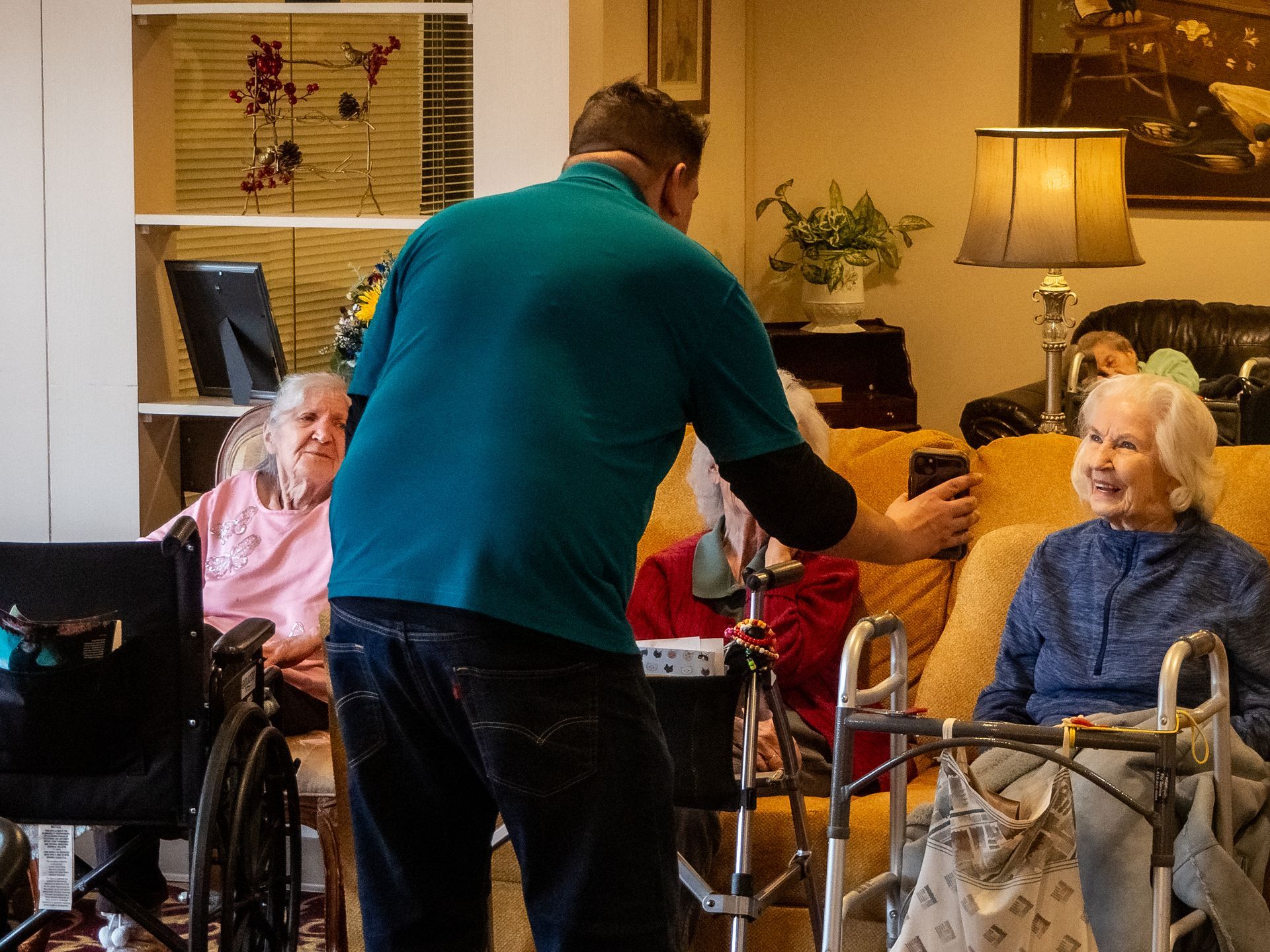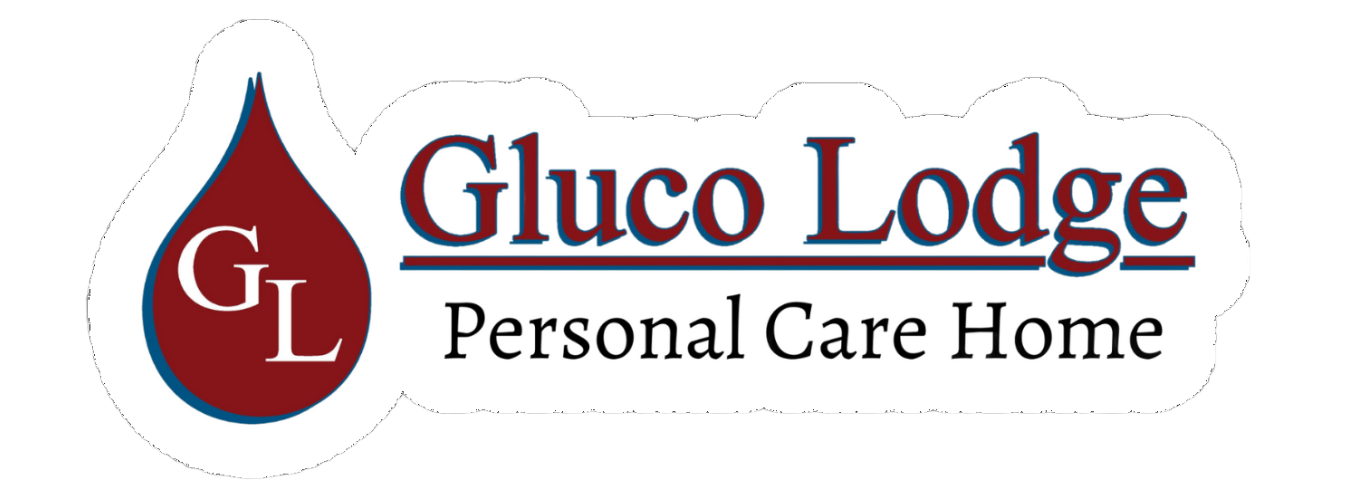What’s the Difference Between Assisted Living and a Personal Care Home?
When searching for the right care option for your loved one, understanding the difference between assisted living and a personal care home is crucial. Both offer support for individuals who need help with daily activities, but they differ in services, environment, and care levels. In this blog, we’ll break down the key differences between these two types of care to help you make an informed decision about what’s best for your loved one’s unique needs.

What Is Assisted Living?
Assisted living is designed for older adults who need assistance with daily tasks but still want to maintain a degree of independence. It provides a community setting with apartment-style accommodations and a wide range of services.
- Services Offered: Assisted living communities offer help with activities of daily living (ADLs) such as dressing, bathing, medication management, and meal preparation. Many communities also provide housekeeping, transportation, and social events.
- Independence: Residents in assisted living often live in their own private or semi-private apartments. These homes are designed to allow individuals to maintain as much independence as possible, while still receiving the necessary support.
- Cost: Because of the comprehensive services provided, assisted living communities are generally more expensive than personal care homes. The cost varies based on location, amenities, and the level of care needed.
Pros of Assisted Living:
- More social interaction and community events
- A range of amenities, including gyms, libraries, and restaurants
- A higher level of medical care with professional staff on-site
What Is a Personal Care Home?
A personal care home, also called a board and care home, is a more intimate and home-like setting for individuals who require assistance with daily activities. These homes are typically located in residential neighborhoods and have fewer residents than assisted living facilities.
- Services Offered: Personal care homes offer help with ADLs such as bathing, eating, and dressing. However, the services are often more personalized and less extensive than those in assisted living communities. Medical care may be limited, but many homes can help with medication management and basic health care needs.
- Living Environment: These homes offer a more intimate environment with fewer residents, typically ranging from 2 to 10 people. The focus is on providing a comfortable, home-like atmosphere where residents receive more one-on-one attention.
- Cost: Personal care homes are often more affordable than assisted living, making them an attractive option for families on a budget. However, the level of care provided is usually not as comprehensive.
Pros of Personal Care Homes:
- Personalized care with a focus on individual needs
- Smaller, home-like environment
- More affordable than assisted living options
Key Differences Between Assisted Living and Personal Care Homes
While both assisted living and personal care homes provide assistance for daily activities, there are significant differences between the two options.
Size and Environment: Assisted living communities are generally larger, with multiple residents, offering more social interaction and a range of amenities. These facilities typically provide apartment-style living with access to common areas such as dining rooms, gyms, and recreational spaces. In contrast, personal care homes are much smaller, usually housing between 2 to 10 residents. The environment is more intimate, offering a home-like atmosphere with fewer people and more personalized attention.
Level of Care: Assisted living offers a more comprehensive level of care, including medical services, 24-hour staff availability, and assistance with a wide range of daily activities like medication management and personal hygiene. Personal care homes, on the other hand, focus primarily on providing assistance with basic activities such as dressing, bathing, and eating, without as much emphasis on medical support.
Social Opportunities: In assisted living communities, residents benefit from various social activities, outings, and events that encourage interaction with other residents. This creates a lively, community-oriented environment. Personal care homes offer fewer social events due to their smaller size but may offer more personal, one-on-one interaction and a quieter living environment.
Cost: Typically, personal care homes are more affordable than assisted living communities because they offer fewer amenities and less extensive medical care. The cost of living in an assisted living community can be higher due to the more advanced care services provided and the additional amenities available. However, both options can vary greatly depending on location, care level, and the specific services offered.
- In summary, the key differences between assisted living and personal care homes come down to the size and environment of the facility, the level of care offered, social opportunities, and overall cost. By understanding these differences, you can make a more informed decision about which care option is best suited to your loved one’s needs.
Choosing the Right Option for Your Loved One
When deciding between assisted living and a personal care home, it’s important to assess your loved one’s care needs and lifestyle preferences. Here are a few things to consider:
- Level of Care: Does your loved one need 24-hour medical supervision or just help with daily tasks? Assisted living offers more comprehensive medical care, while personal care homes provide more limited services.
- Social Interaction: Would your loved one benefit from a community environment with lots of activities, or do they prefer a quieter, more intimate setting? Assisted living offers more social opportunities, whereas personal care homes are quieter and more personal.
- Cost: If cost is a concern, personal care homes may offer a more affordable option, but you’ll need to weigh that against the level of care your loved one requires.
Which Option Is Right for You?
Both assisted living and personal care homes offer valuable benefits, but it’s essential to choose the one that aligns with your loved one’s needs, preferences, and budget. If your loved one requires more hands-on medical care and enjoys being part of a larger community, assisted living might be the right fit. However, if they prefer a more personalized care experience and a home-like environment, a personal care home could be the better choice.
At Gluco Lodge Personal Care Home, we offer personalized care in a comfortable, intimate setting designed to promote health and well-being. If you're interested in learning more about our services, contact us today to schedule a visit and see if we're the right fit for your loved one.
Conclusion
When considering assisted living or a personal care home, it's important to evaluate your loved one’s health needs, budget, and personal preferences. Both options provide valuable support for individuals who need assistance with daily activities, but choosing the right one can make all the difference in their quality of life.
At Gluco Lodge Personal Care Home, we specialize in providing compassionate care in a home-like environment where residents feel valued and supported. Contact us today to learn more about how we can assist your loved one in their care journey.


